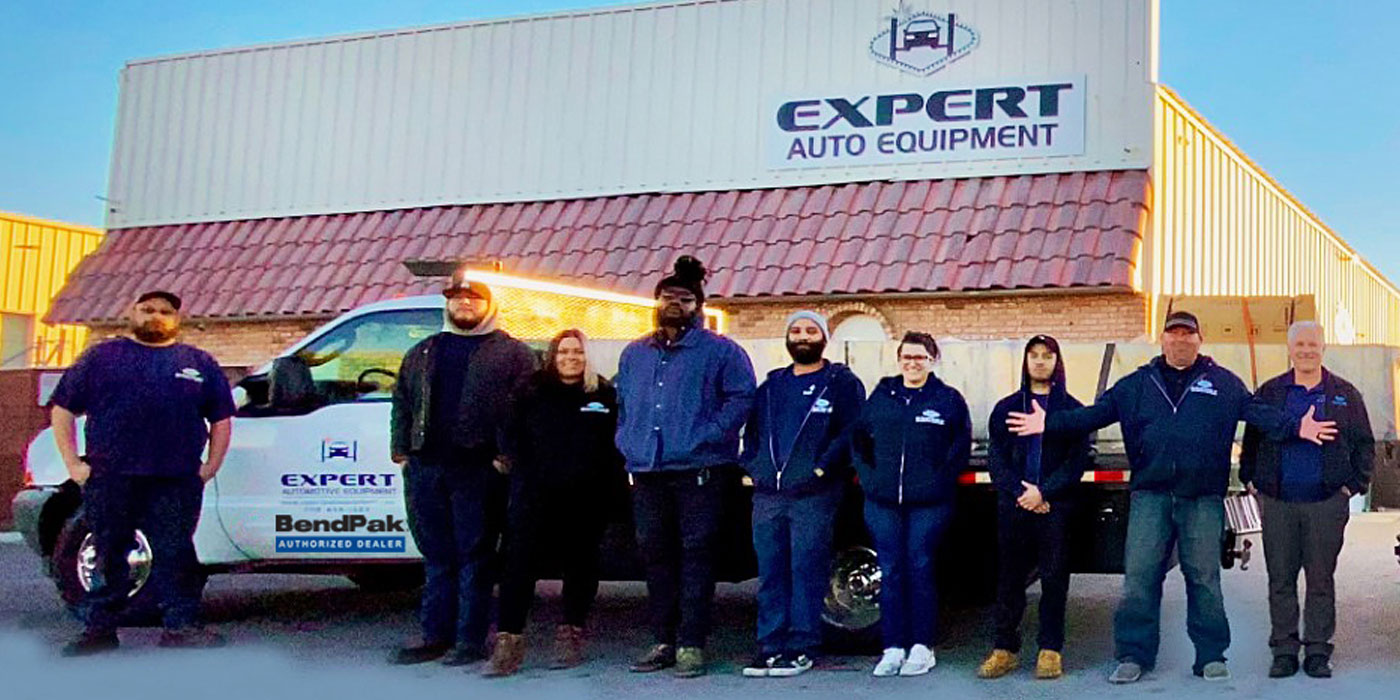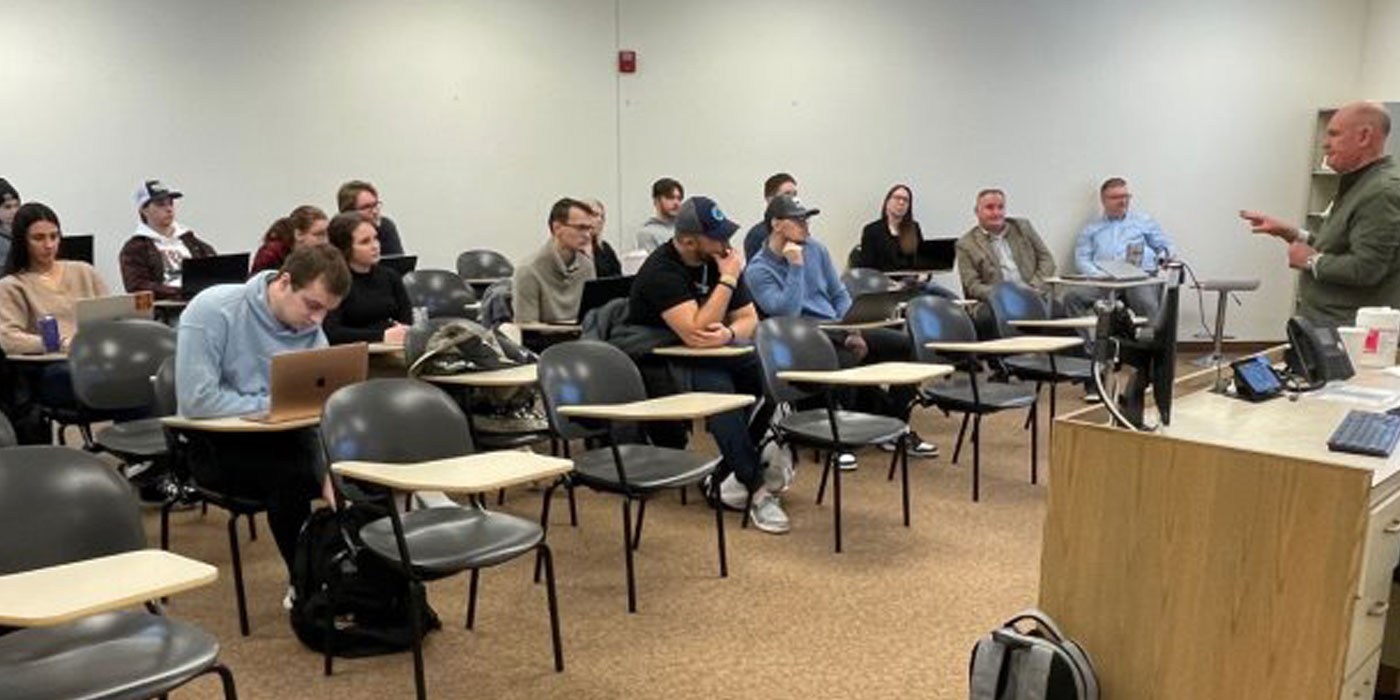It’s a startling yet true statistic: For every four parts that go out the door of a typical jobber store, one comes back as a return, forcing store owners and managers to measure success not necessarily by the size of the margin, but how much product remains sold.
The problem is not getting any better. In fact, over the past decade, the return rate for all parts and automotive products has increased from 20.9 percent in 1992 to nearly 25 percent last year. Last October alone, 30-day returns topped a whopping 27 percent.
Since the majority of returns are in hard parts, or behind-the-counter type products, it is possible that for some hard-parts lines, the return rate could be as high as 40 percent. This scenario of uncontrolled returns can lead to massive profit erosion for jobber, WD and manufacturer.
These facts, from the Automotive Warehouse Distributors Association (AWDA), make jobbers and WDs shake their heads in disgust. This is, however, largely a problem of their own making. Stores often choose to continue to sell product to chronic parts returners. Even among well-run automotive repair shops, the right to return any and all product has become inalienable and commonplace. Shops will balk even at the suggestion that they should pay a restocking fee.
Everyone talks about how bad returns are, but exactly what is the added cost that distributors and manufacturers must eat whenever a part is returned? It is far too near-sighted to say that one can calculate the cost of a return as a simple deduction from gross sales. This is hardly accurate, nor does it paint a clear picture of what returns actually cost a business.
Other costs that become out-of-whack as a result of returns include things like increased inventory levels, doubled-up inventories, forecasting inaccuracies and returns handling expenses. There are also the associated credit processing fees and lastly, and perhaps most damaging, customer dissatisfaction.
The industry has long discussed ways to ease the pain returns cause. The easy and naive answer to controlling returns is to institute very strict controls on what technicians can or can’t return, or eliminate returns privileges altogether. Of course, in today’s highly competitive environment, this is hardly an option; returns are a necessary evil and a cost of doing business. The trick for the market is to minimize their impact.
Is the automotive industry any different than other like industries with similar SKU counts going out to professional installers? For comparisons sake, Counterman magazine contacted the National Retail Hardware Association (NRHA) to find out what the hardware industry return rates are. Although an NRHA spokesman could not provide exact returns data, he said the hardware industry’s return rates are "significantly lower" than those posted by the automotive aftermarket.
For the most up-to-date returns data, see How’s Business, a monthly statisitical snapshot of the market. Definitions of these returns terms are found on page 20.
The Blame Game
According to an AWDA study, here are some of the reasons professional customers return product to the store and some possible causes of these returns, along with the incidence rate.
#1 Reason: Wrong Part
The jobber or WD shipped the wrong part for the application.
Possible Cause: Incorrect cataloging information, the technician provided the wrong information to the store, incorrect pick by the store or WD personnel, counterman mistake, driver error.
Incidence Rate: 40%
#2 Reason: Motorist Declined Work
Customer (motorist) declined to have the work performed or never showed up for a scheduled appointment at the shop.
Possible Cause: Schedule conflict, motorist found a better price elsewhere, poor communication between service writer and customer, customer declined to have work done at the last minute.
Incidence Rate: 20%
#3 Reason: Unclear Information
The store or WD shipped two different parts because the technician was not sure of the correct application. The counter professional and/or catalog might not have been clear on which part fit a particular application.
Possible Cause: Incorrect cataloging, technician error, OE model inconsistencies and/or switching part numbers mid-year.
Incidence Rate: 13%
#4 Reason: The Horse Race
The technician found a better price or quicker delivery from another supplier. Sometimes technicians will order the same part from two different jobbers. The part that arrives first gets paid.
Possible Cause: Technician continued to "price shop" after the order was placed. Technician called two stores just to see who would deliver the part first.
Incidence Rate: 13%
#5 Reason: Wrong Data
The shop returned a parts assortment in full or just certain slow-moving part numbers.
Possible Cause: Loader programs, an incorrect part number assortment for shop location, incorrect forecasting or location sales data.
Incidence Rate: 8%
#6 Reason: Branding
The technician was not happy with the brand or the quality of the delivered part.
Possible Cause: The store might have substituted a brand other than the one the technician specified or expected. Or, the store has started selling a new or unfamiliar brand because of a brand changeover.
#7 Reason: Wrong Diagnosis
The technician made an incorrect diagnosis and ordered parts that didn’t correct the problem.
Possible Cause: Untrained technician, untrained service writer, incorrect technical data.
Incidence Rate: 1%
Solutions
There are, of course, many other reasons that technicians return parts, and some of those reasons, however, are less-than-honest. For nearly every returned part, the jobber too has become pretty clever and innovative in getting those parts back to the WD with the least amount of cost and headache.
Making up reasons why a part needs to go back is not part of the solution; it’s part of the problem. There are some things the market can’t do in order to control returns. Stores would be ill advised, for instance, to institute a "returns penalty" for returned parts. According to AWDA and others, there are things, however, that the industry can do to reduce returns.
Training: Counter training, service writer training and technician training are all elements that will reduce returns. By closely examining the seven reasons above, you will note that an avoidable error occurred in nearly every case: technician or counter error, incorrect diagnosis and WD picking errors all make up a large percentage of returns. In fact, AWDA estimates that 61 percent of all returns could have been avoided. Proper, on-going training is one thing that could have avoided many of these returns.
This training does not just include technical training. Business management training is one area in which shops can use to better understand the shop/jobber relationship. Once a technician or shop owner understands that returns also hurt his own bottom line, the less likely he will be to return product, or at least he will be more willing to institute efforts to control them. For more information on WD and program group training programs, see Fill The Seats: Training that Delivers Tech Attendance in the June, 2002 issue.
Account Management: Stores, program groups and WDs could train their sales people in improved yield management. Stores should stop assessing accounts by gross sales, but rather by net income. The idea is to increase profits, not unprofitable sales.
Account Reviews: Every store has a group of repair shops that return a higher-than-average percentage of parts. These accounts should be carefully examined. If the costs outweigh the profits, consider cutting these shops loose. An unprofitable account is worse than not having the account at all.
Returns Efficiencies: Stores, WDs and their technicians’ customers could develop ways to speed up the returns process. Here is where the driver gets involved by checking the accuracy of deliveries and also by soliciting accounts for returned parts during each delivery.
Incorrect Data: Today’s market doesn’t have a clear picture of what sells, when it sells and where it sells. This leads to incorrect forecasting models by manufacturers and wrong stocking levels by WDs and stores. This leads to returns because slow moving parts remain in stores for which they never should have been ordered in the first place.
The Automotive Aftermarket Industry Association’s Enhanced Line Review project seeks to gain a better understanding of category management. Through this endeavor of industry-wide point-of-sales data sharing, the market will be better able to make stocking, manufacturing and forecasting decision, hopefully reducing returns created through bad data.
Any business involved in sales will deal with returns. Controlling their impact and improving the efficiency of the returns process are the paths to healthier bottom lines for everyone.
Thanks to AWDA for use of their historical returns data.










